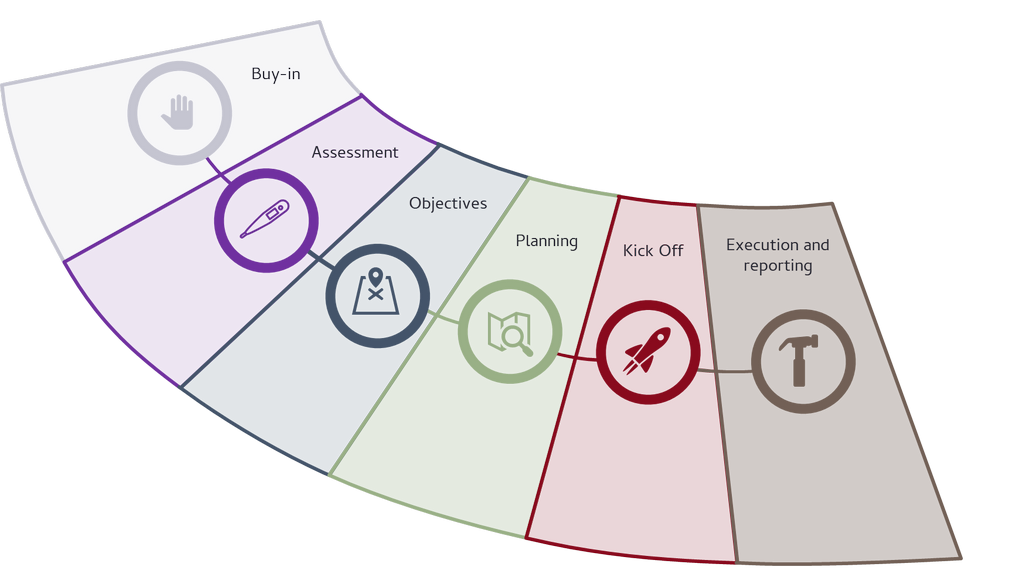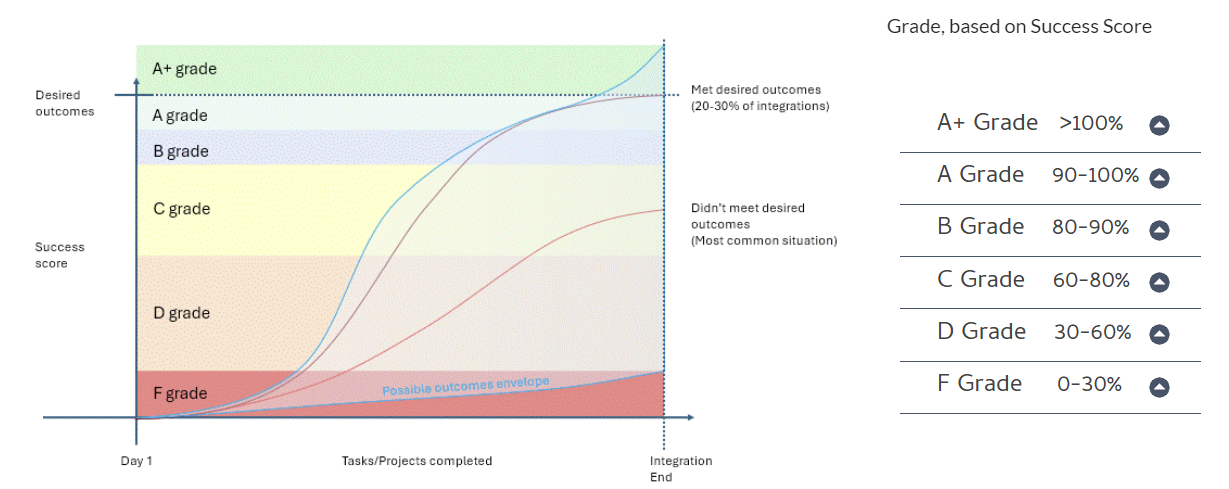Fixing Integrations
Stalled or incomplete, we deliver M&A value through a reset
Stalled or Incomplete
Merging, or integrating, acquiring and acquired businesses together involves hundreds of tasks or projects. If all activity has stopped and the value that the Acquisition Deal Team envisioned has not been delivered, it should be considered an Incomplete Integration. If progress has slowed, or is on pause with the intention of continuing, it could be considered a Stalled Integration.
Experiencing a troubled integration, whether it is incomplete or stalled, unfortunately means that you are with most mergers and acquisitions. The vast majority of acquisition integrations do not deliver on their initial objectives. Since the 1970s M&A integration success rate has been consistently measured, and it continues to be no better than 30% *.
Intista helps you Fix Stalled or Incomplete Integrations
There is no magic bullet that can ensure integrations are successful. Nor is there a single common cause why integrations have difficulties.
Intista has developed a process to address stalled or incomplete M&A integrations. It is based upon our experience in M&A, Change Management, Business Operations and Project/Program Management. The result is an unambiguous process that provides order and direction to restart and/or complete integrations.

Fixed Troubled Integrations Framework
How we help acquirers reset, review and re-engage the stalled or incomplete integration of an acquired business.
1. Secure leadership buy-in to a difficult process
- Fixing troubled acquisition integrations will take more time than what was scheduled initially (for a successful integration).
- Expectations must be set and agreed upon: this initiative will take time, effort, resources, a different emotional mindset, and manpower.
2. Investigate the existing status, discover roadblocks, and determine what the issues were
- We will hold formal interviews and informal discussions regarding how the different businesses operate
- We will hear about the preparation, announcement, and execution of the earlier integration(s)
- We will learn about the working styles and personalities of the people involved
- We will map the root causes of the specific issues that impaired the integration
3. Create integration objectives
- Specific, measurable, unambiguous targets to be achieved
- Some objectives are intended for the whole company to be aware of and work towards ("Company-Wide Objectives")
- Decide what the workstreams will be (either teams, departments, regions or verticals). Some of these may be assigned objectives to deliver ("Workstream Objectives")
4. Formulate how to relaunch and deliver the integration of the businesses
- Each workstream will create a charter of priorities and focus activities to merge together their area of the people, technologies, operations, processes and cultures of the two businesses
- From the charters, each workstream creates their own detailed list of tasks, projects and activities needed to integrate the two businesses together
- Establish a process and technology for collecting and incorporating feedback
5. Kick off Create the list of projects and activities needed to integrate the two businesses together
- Create a compelling, candid narrative that explains why the integration is necessary and the benefits of being successful. The document or presentation should include why we think the integration was troubled, and the difficulties ahead of re-booting the initiative
- Each workstream creates their own list of task and project from the charters and checklists
- Identify potential risks, assess the lists, and develop strategies and budgets for each
6. Execute the integration plan and merge the businesses
- Run the many projects and tasks, with the correct priority
- This requires many people to coordinate, communicate, adjust for unexpected items
- Constantly report the status back up to leadership
FAQs
How long will it take to fix an integration?
- Fixing a troubled integration will take longer than if it went smoothly from the start. It can take 30 to 70% more time than the initial schedule, in addition to the time already spent to get it to where it currently is.
- For example, an integration of 100 employees was scheduled to take 5 months to complete but stalled after 3 months. The fixed integration could take an additional 4 to 9 months to complete
Is there a guarantee of success?
- No, there isn’t. For a variety of reasons, based upon amount of operational and emotional change required. It may be there is too much reluctance or insufficient resources commitment to the reboot
- The issues may never become clear, and the roadblocks may never be overcome, for personal or political reasons.
Grade Your Acquisition Integration
Invest 4 minutes to get an approximate Success Score for your recent M&A integration. Take our survey now.

